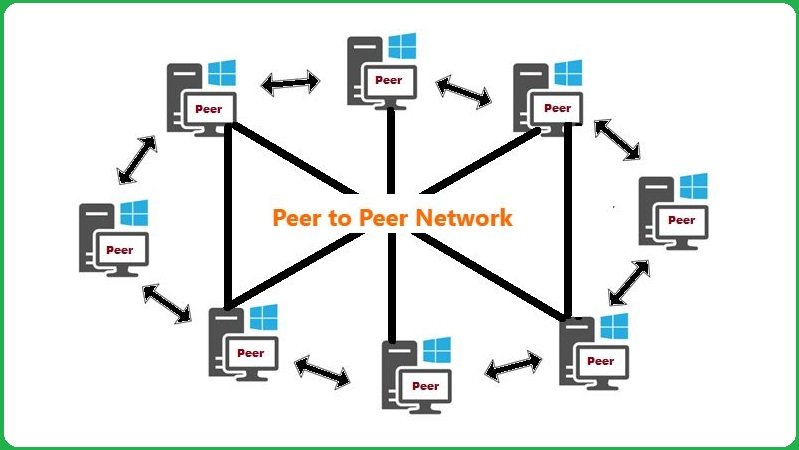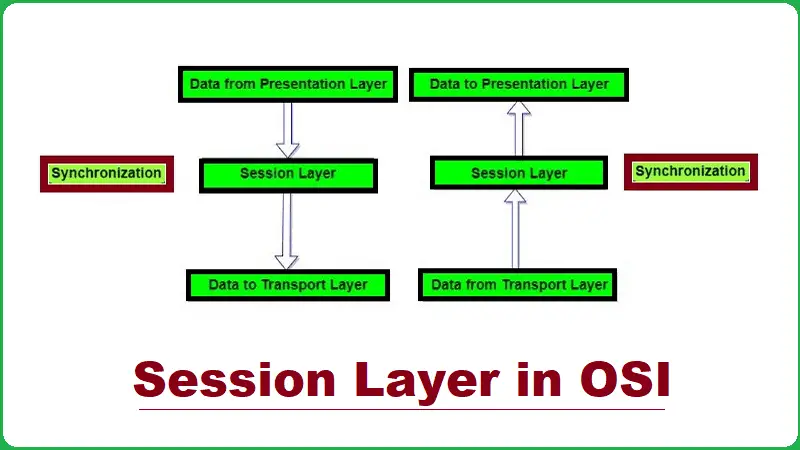What is OSI Network Model ?
Definition: OSI Reference Model introduced by International Organization for Standardization (ISO) in 1984. OSI stands for “Open System Interconnection” is a conceptual model that describes how to flow all information from one software application that presented in computer system. And, it transfers through physical resources to software application in other computer system.
OSI model likes as universal language in computer networking system. And, it is totally depend on their abstract layers such as (Physical, Data Link, Network, Transport, Session, Presentation, and Application).
Every layer allotted for specific task, and every layer is self contained. So that each layer in OSI model is capable to perform their functions independently.
Internet modem is not depending on the OSI conceptual model, but it helps to troubleshoot all network issues.
Types of Network Layers of OSI Model
Here, we will explain 7 network layers of IOS Model with their functions; below describe each one:

Diagram of OSI Model
Physical Layer (Layer 1)
Physical layer has last position in the OSI reference model. This layer is to make physical connection in between all devices which linked with over the computer network. And, it has ability to contain all data into bits form.
It is other main responsibility is to transmission every bit from one connected node to another and so on. This layer will receive data and converted it into bits form such as 0 or 1 form. And finally it moves them toward Data Link Layer.
Physical layer refers to physical resources like as network hubs, cabling, repeaters, modem, and more.
Data Link Layer (Layer 2)
The data link layer likes as network layer, and it helps to transfer data in between multiple network devices over sane network. This layer grabs all packets from network layer and splits them into small parts, and these small parts known as “Frames”. Data link layer has responsibility to flow control and error control over intra-network communication. When packet reaches in a network, then major role of DDL layer is to send it to Host point with the help of MAC address.
Data Link Layer (DDL) has two variants like as:
- Logical Link Control (LLC): Helps to deliver identifies the line protocols as well as error free data flow control.
- Media Access Control (MAC): Helps to deliver multiplexing and flow control for all devices transmission over the network.
Network Layer (Layer 3)
Network layer helps to transmit data from one host to another host that placed over different networks. This layer implements multiple packet routing system for identifying best physical route for data to arrive appropriate destination point like as choose of shortest path for making transmission of all packets, from number of routes are available. Network’s header contains all sender & receiver’s IP addresses.
Transport Layer (Layer 4)
Transport layer is also known as “Heart of OSI”. Transfer layer provides the best point to point communication in among of two nodes. It grabs all data from session layer side and splitting it into multiple parts that known as “Segments”. And, before moving them toward network layer.
This layer is using on the all receiving network devices, which are getting to responsible to reassemble all segments into data form.
Main objective of transport layer is to flow control and error free control. Its flow control monitors maximum speed of data transmission that sender host is getting fastest connection, and it does not degrade receiver along with slow connection.
Transport layer uses two protocols like as:
Transmission Control Protocol: This protocol allows to entire system to make communication over the internet. And it helps to build and maintains connection in between all hosts.
User Datagram Protocol: This is untruth able transport layer, because in this scenario receiver is not able to move an acknowledgement, when packet arrived.
Note: Operating system helps to operate the transport layer. So, it is an integrated part of O/S, and it makes communication along with Application layer by firing system calls.
Session Layer (Layer 5)
Session layer helps to generate several communication channels in between multiple devices, they known as “Session”. This layer has responsibility to open sessions when data is getting to transfer, and finally shut down when communication ends.
Session layer is able to set checkpoint while moving data, if session is got hindrance then network device has right to resume data send from last checkpoint.
Presentation Layer (Layer 6)
Presentation Layer is also known as “Translation Layer or Syntax Layer”. This layer helps to translate all data for next layer “Application Layer” depend on syntax or semantics which accepted by application layer. Presentation layer is capable to manage encryption and decryption as per need of application.
If, two network devices want to make communication over encrypted connection then this layer has responsibility to append encryption on the sender side. While decoding the encryption on the receiver side which is capable to present the application layer along with unencrypted and readable data.
Application Layer (Layer 7)
Application Layer is toppest layer of OSI Reference Model. This layer allows all users to make directly interaction with data for example software application such as web browser and email clients implement on the application layer to establish communication. This layer determines communication partners, resource availability, and synchronizes communication.
Application layer protocols enable with HTTP as well as SMTP.



